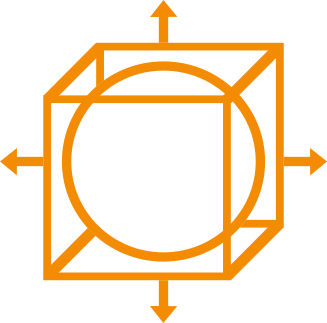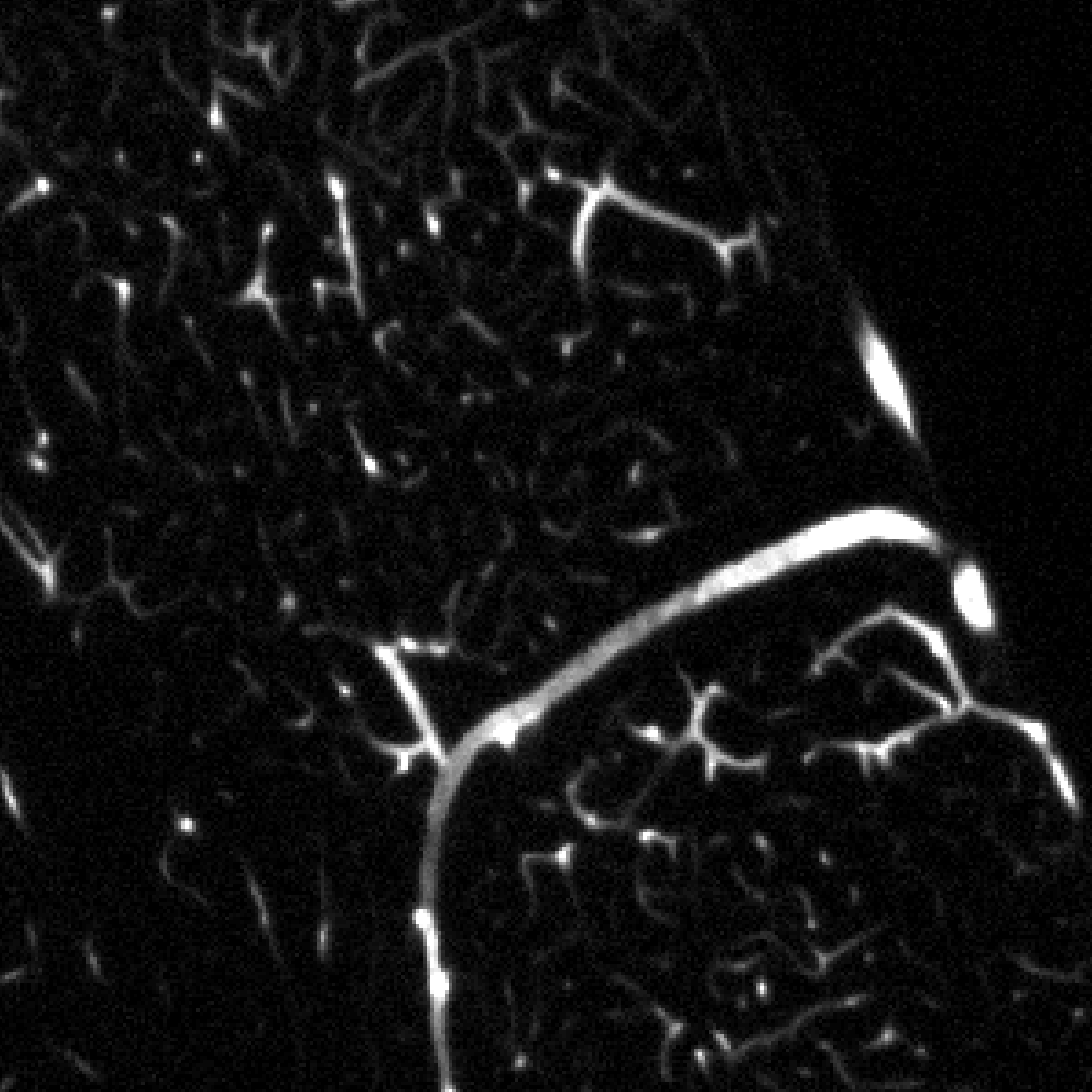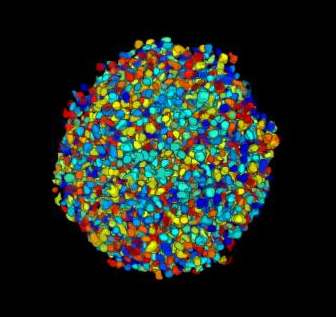Imactiv-3D can process complex 2D-3D images with state-of-the-art and custom-made algorithms for restoration, segmentation, classification, quantification and visualization.
Handling and analyzing large multidimensional biomedical imaging datasets can quickly turn into a very challenging subset of tasks, where both theoretical knowledge in mathematics and hardware computing resource become essential.
At Imactiv-3D, we provide an efficient framework to understand your need from a scientific perspective, thanks to a continuous relation with our experts in biology, microscopy and image processing.
Our goal is to select, develop and implement the best methodology in order to issue fast, robust, high-confidence results.
From sample conditioning and imaging to software development, each step can be tuned and adjusted on demand to best meet your requirements.
Custom-based image processing algorithms are designed to perform specific jobs, including image restoration, segmentation and classification, based on approaches ranging from statistical modelling to deep learning.
This framework enables to:
- reduce noise and blur
- improve resolution
- identify specific structures in complex environment
- track down subsets of samples in a supervised or unsupervised manner.
Quantitative results, together with 3D innovative media for visualization or marketing applications, are delivered through an
online, secure, user-friendly storage solution.
Imaging and quantification results stored and sent using hard drives remains possible.
 Imaging characteristics
Imaging characteristics
- Supporting any format, any quality, any resolution, any dimension.
Imaging modalities
- Images generated from in-house modalities: light sheet, wide-field, confocal, two-photon, structured illumination.
- Images from other medical modalities: ultrasound, MRI, OCT, CT scan, LCOCT, in vivo confocal, etc.
 Technological platform
Technological platform
- High-performance workstations.
- Computing software: Matlab®, Amira®, ImageJ, Python environment.
- Secure online storage solutions.
 Image processing in 2D or 3D
Image processing in 2D or 3D
Image enhancement
- Efficient denoising, deconvolution, and other classical restoration tasks to improve image quality.
Image analysis
- Robust image processing pipelines with restoration, segmentation and classification algorithms to perform robust measurements or studies.
 Quantification
Quantification
- Quantitative analysis driven by your need (effect of a compound for instance), with development of specific numerical or qualitative criteria.
- Innovative and state-of-the-art quantification methods best designed for your study.
 Visualization
Visualization
- All outputs available (graphs, images, films) to present your results in the best possible way.
- Various models (surface, volume, or mixed) for 3D rendering.
- Original and persuasive means to visualize your data.




![]() Imaging characteristics
Imaging characteristics ![]() Technological platform
Technological platform![]() Image processing in 2D or 3D
Image processing in 2D or 3D![]() Quantification
Quantification![]() Visualization
Visualization